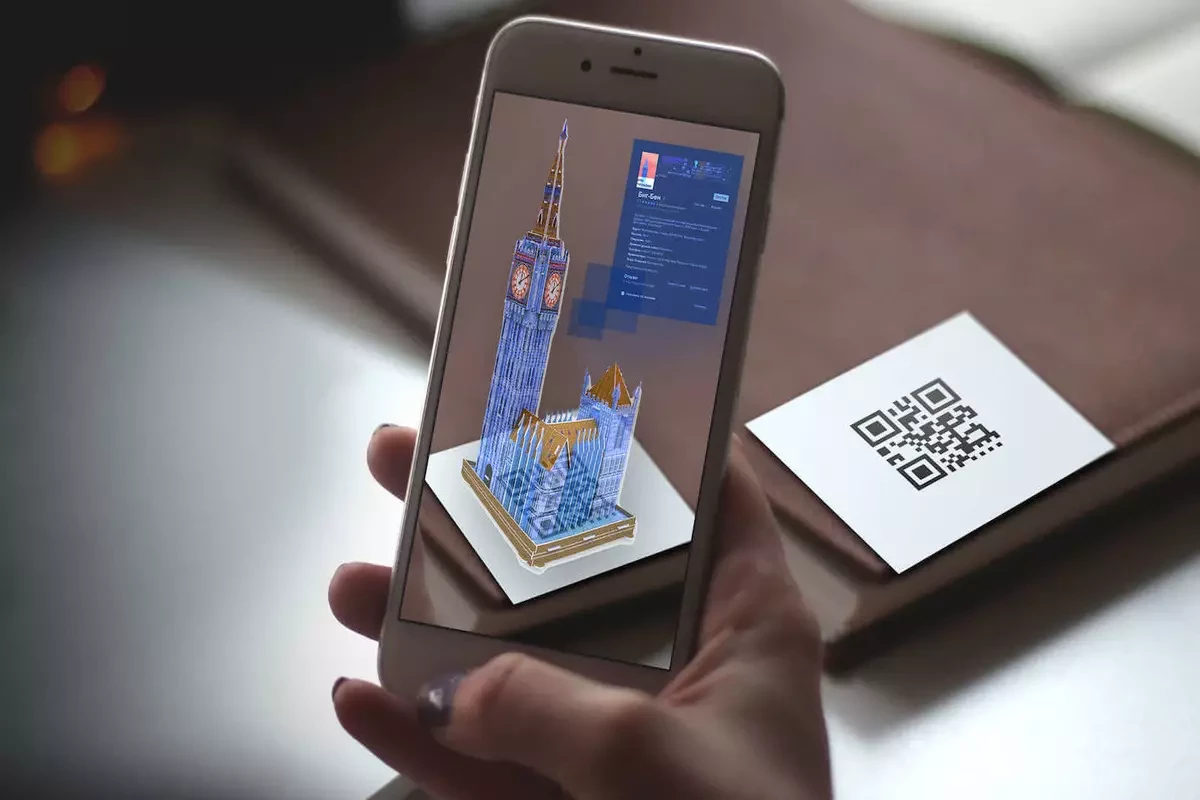21.02.2024
Augmented Reality AR: What is it?

Along with such a well-known and widely used concept as virtual reality, there is another equally interesting direction that can change the construction industry – augmented reality AR. Its use gives developers huge advantages that many of them do not even know about. How does augmented reality work, and what are its advantages? Today we will lift the veil of secrecy of a unique technology for you.
What does augmented reality mean?
In simple terms, augmented reality is an improved version of the natural environment. The technique for creating it is somewhat different from complex virtual reality technologies. So, when implementing such a project, it is necessary to take an object from the real world and process it by adding individual virtual elements. One of the AR design tools is a regular smartphone. To add an object from real life, a camera is used, the image from which is processed using simple or complex applications. There are three types of AR.
Multilayered reality
The most common form of AR, the principle of which we described above. In multi-layered reality, projects are created by "embellishing" real objects with virtual elements. In the field of construction and AR design, an example of the use of technology is the placement of virtual furniture in a real room.
Projection AR
This version of augmented reality is similar in many ways to multi-layer object processing, but has one key difference. Using light, this technology allows you to project images into real physical space. You can see an example of such 3D visualization in the legendary Star Wars saga, where characters convey important messages to each other using holograms. An example of the use of projection AR in real life is the projection of a keyboard for working with a PC.
AR marker
This type of augmented reality has a similar operating principle to previous technologies, but it requires markers to start the visualization process. This means that additional elements can only be seen after the system detects a specific marker. It can be used everywhere, but the most realistic area at the moment is museum exhibits. Here, by tracking a small section of a museum room, it will be easy to reproduce the entire object by superimposing virtual elements on top of real ones.
Augmented reality has been used in construction for a relatively short time, but it has already become clear that this technology has a huge future. With its help, architects and designers will be able to make their services even more understandable, effective and attractive. The potential of AR for marketing is truly enormous and, quite possibly, very soon augmented reality will turn our world upside down.
In the next publication we will tell you about interesting facts about AR design. Stay with us, it will be exciting!
The article was useful to you?
0
13
0